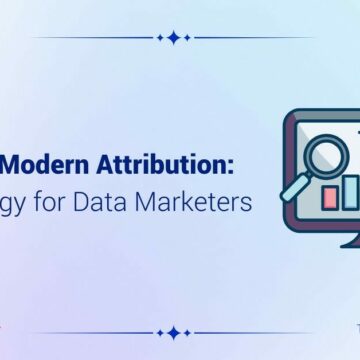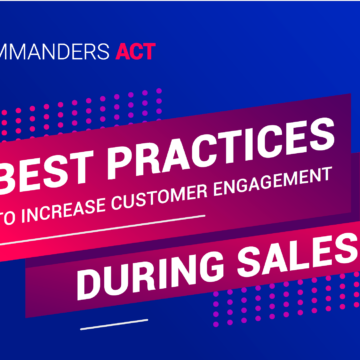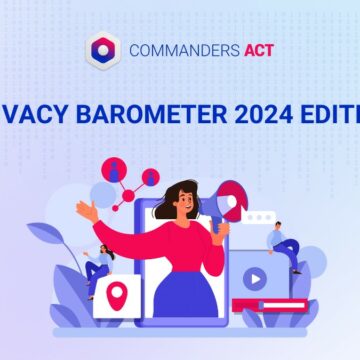Data governance: a mission-critical challenge for marketing teams
21/01/2021 |

Let’s face it, when it comes to data governance, the term alone promises plenty of headaches, especially since it is trailed by a whole host of buzzwords, such as “master data management (MDM)”, “data lakes” and “data stewards”. This jargon conjures up images of a highly exclusive club. Putting its terminology to one side, data governance reflects a conviction and a challenge. Data represent a company asset in their own right, meaning that they deserve a dedicated methodology, organisational structure and set of responsibilities.
Transforming data into an asset
Marketing teams play a front-line role in data governance, whether working on acquiring new customers or building loyalty. There is a very good reason why their role has never been so prominent than in today’s post-cookies world. In this age of consent and walled garden ecosystems, first-party data (i.e. which the company actually owns) are coming in for special treatment. The aim is to know how to collect, enhance and use data properly without ever altering them. This is the whole challenge with the governance issue, namely controlling how data are collected and subsequently used throughout their lifecycle. Sometimes driven by a Chief Data Officer, companies face two goals, namely generate value from the data while ensuring that they are used according to regulations.
This is no easy task in an organisation, even a mid-sized business, where customer data feed a large and varied number of processes. So data governance starts with senior management recognising that the company’s key data (relating to customers, products, suppliers, employees, etc.) are an asset requiring special care and attention. Without such high-level sponsorship over the long term, governance is not worth the paper it is written on. Strategic recognition paves the way for defining the organisation and roles.
Modelling the data lifecycle
Although there are standard models and roles, companies cannot count on a magic formula. The mantra of “one size fits all” does not apply to data governance. Each organisation needs to define how to assign its data responsibilities and manage its governance strategy. Whether data owners (responsible for a given data category) or data stewards (responsible for organising data), each company needs to work out the best arrangement for its needs. One thing is for sure, this issue extends beyond the realms of the IT team. Although it goes without saying that the CIO is heavily involved in the data governance challenge, “business” experts with strong links to the organisation’s data are required to paint an accurate picture of what is happening on the ground.
Acquiring tools and resources for data governance
Whether working within a team or a data task force, experts need to decide on their approach going forward. How do you model the data? From what perspective? By major process categories? By data types? By focusing instead on large data lakes? Once again, there is no single ready-made approach to the issue. Instead, there are options that depend on the specific nature of the company’s activities. Whatever model is chosen, it must identify who owns the data, who controls the data lifecycle, who uses the data, who enriches the data, and so on.
In the marketing data field alone (audiences, CRM, etc.), the complexity of the topic is only too obvious, as is the need to create data governance legislation. But there needs to be a way of fleshing out such data legislation and making it actionable on an everyday basis. Not surprisingly, enacting regulations requires companies to bring in new tools and resources. Organisations are spoilt for choice, whether MDM solutions for modelling reference data, or data lake solutions for storing all types of data (structured, semi-structured and unstructured) and subsequently using the data to better effect.
Heading towards a data-driven organisation
These are not the only solutions available, far from it. In particular, this applies for audience data and customer data at a time when the number of CMP projects (Consent Management Platform) and CDP projects (Customer Data Platform) is soaring.
With CMP systems, the whole issue of personal data collection is at stake, and collection represents time “T0” in the data lifecycle. Therefore, the first concrete rules for data governance apply through a CMP, such as TrustCommander. When it comes to CDP systems, the focus lies on reconciling, segmenting and then activating data. Taking full advantage of a CDP is an uphill struggle without the benefit of a clearly defined set of rules. Data governance is far from being restricted to methodology experts. The issue should be embraced by all those who work with data, which spills far beyond the borders of a dedicated data task force. That could be why creating a data-driven organisation is the solution for engaging data workers on a daily basis.











